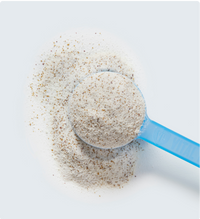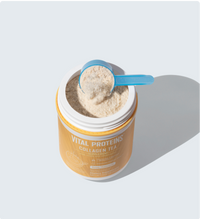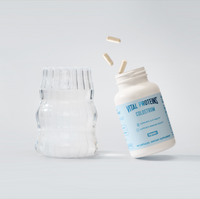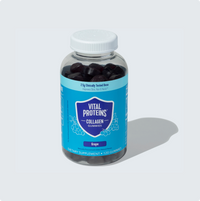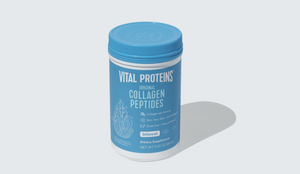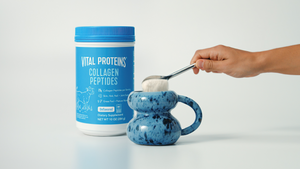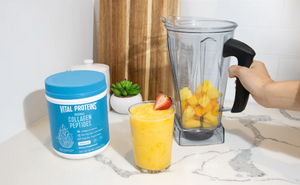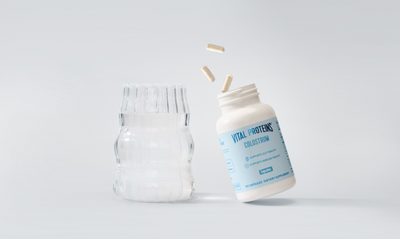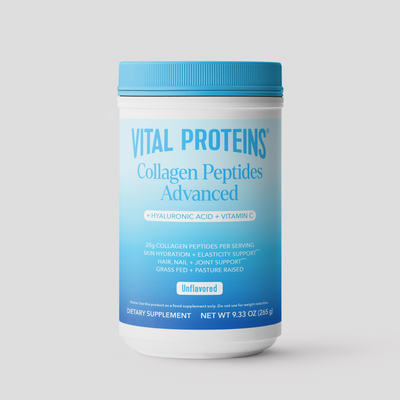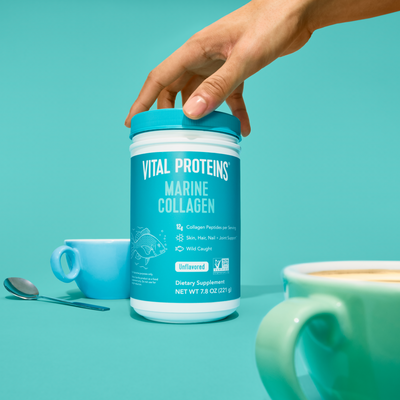Turns out healthy foods that aren’t exactly good for you do exist — and chances are they’re in your kitchen right now. Lively chatted with seven wellness professionals to find out which "healthy" foods they stay away from, and why they choose to do so. You’ll want to bookmark this page for the next time you go grocery shopping.
1. Store-Bought Protein Bars: Haley Shaw, trainer and owner, Amp Up Fitness
“I would rather grab a protein bar or eat 1 rice cake with one tablespoon of peanut butter, sliced strawberries or a banana, or a choice of protein (2-3 hard-boiled egg whites, 1 Collagen Peptides stick pack, 2 turkey breast slices, etc.). This option allows you to eat more food with relatively the same macronutrient count as a protein bar.”
Related Articles
2. Granola Bars: Heather Marr, personal trainer and The Model Trainer Method author
“I used to love these when I was a kid and I’m sure my parents had no idea they were junk food. Now when I want a granola bar, I make them myself with old-fashioned oats, protein powder, nut butter and flax seeds. I simply adjust the ingredient amounts and portion size to fit my macros depending on what my goals at the time are.”

3. Canola Oil: Aimee D’Elia, nutrition and wellness consultant
“Over 90% of canola oil is genetically modified, with most of the oil being refined. The oil is hydrogenated to remove any odor and impurities and this process leads to the production of trans fatty acids, which we all know have serious health implications.”
4. Agave Nectar: Mohamed Elzomor, celebrity trainer
“We’re all looking for a sugar substitute, something that’ll satisfying our sweet tooth but won’t do as much damage. I personally used agave a lot, thinking it was healthier, but I was mistaken. The agave sweetener sold in stores today is made by treating agave sugars with heat and enzymes, which destroys all of its potentially beneficial health effects. The end product is a highly refined, unhealthy syrup. Agave nectar is low in glucose and therefore doesn’t spike blood sugar levels much. This gives the sweetener a low glycemic index. Because agave syrup is much higher in fructose than plain sugar, it has a higher potential for causing adverse health effects, such as increased belly fat.”
5. Grab-and-Go Protein Boxes: Jonathan Tylicki, Director of Education at AKT
“I always avoid them. Why? Typically, these boxes are a mixture of many ingredients like eggs, cheese, nut butters, cured meats, crackers and fruits. Talk about confusing for your stomach! Mixing multiple proteins and food types can be extremely hard on your digestive system. As well, cheese (and dairy in general) causes mucus buildup in the colon, which can prevent optimal nutrient absorption. I like to stick to 2-ingredient protein-pickups like a soft-boiled egg and broccoli, or quinoa and avocado.”

6. Fruit Juice: Jess Cifelli, Master CycleStar at CycleBar and nutritionist
“It’s a good idea to check in with how much juice you are taking in. One glass of orange juice in the morning can contain all the necessary sugar recommended per day, close to 21 grams of sugar! Consider flavoring your water with lemon or cucumber slices to add variety to your hydration.”
7. Anything Marked “Low Sugar”: Caley Crawford, Director of Education, Row House
“The biggest red flag I see is when people are trying to eat healthy, so they look for food that has the labels ‘gluten free,’ ‘vegan’ or ‘low sugar’ and don’t look any further. It’s important to look into the nutritional facts as well as the actual ingredients of the food you’re eating. For example, there are many ‘healthy bars’ that have low sugars but are full of ‘sugar alcohols’ (aka fake sugar). Eating fake sugar is just as bad, if not worse, than eating real sugar. It might reduce the calorie content of the item you’re eating, but it’s not all about calories; it’s about nourishing your body with the right fuel it needs. If you had a car that required high octane gas, you would never put a ‘cheaper’ gas option in it if it meant that 6-8 months down the road your engine wouldn’t work properly, right? So, why do we do that to our bodies? When it comes to ingredients, generally speaking, less is more. The fewer additives and fillers, the better.”

